The use of bells in the Church DATES back to the fifth century, when Saint Paulinus, the Bishop of Nola introduced them as a means to summon monks to worship. In the seventh century Pope Sabinianus approved the use of bells to call the faithful to the Mass. The Venerable Bede, an English saint of the eighth century, is credited with the introduction of bel! ringing at Requiem Masses. By the ninth century the use of bells had spread to even the small pansh churches of the western Roman Empire.
It wasn't until the thirteenth century that outdoor tower bells began to be rung as "Sanctus bells" during the Mass. It is interesting to note that tower bells are still used today as Sanctus bells at the Basilica of Saint Peter in the Vatican and a great many other historic churches and cathedrals. A close look at many of these older structures will often reveal a series of sighting holes (and sometimes mirrors) that were once used by bell-ringers to monitor the celebration of the Mass from bell-lofts so that the bells could be rung at the proper time. Many churches, particularly in England, later placed small Sanctus bells atop the rood screen (between the chancel and the nave of the church) as a REFINEMENT of using large, outdoor tower bells.
These tower bells were rung at the consecration and presentation of the Eucharist. First and foremost, the Sanctus bells were rung during the Mass to create a joyful noise ( often in conjunction with SELECT musical instruments such as the lyre) to the Lord as described in Psalm 98:4:
Make a joyful noise to the Lord, all the earth; ·break forth into joyous song and sing praises!
The practice of ringing bells to create a joyful noise for the Lord during the Mass is based to some DEGREE on the use of tintinnabula (or tiny bells) or crotal bells that were a part of ancient Judaic worship.
